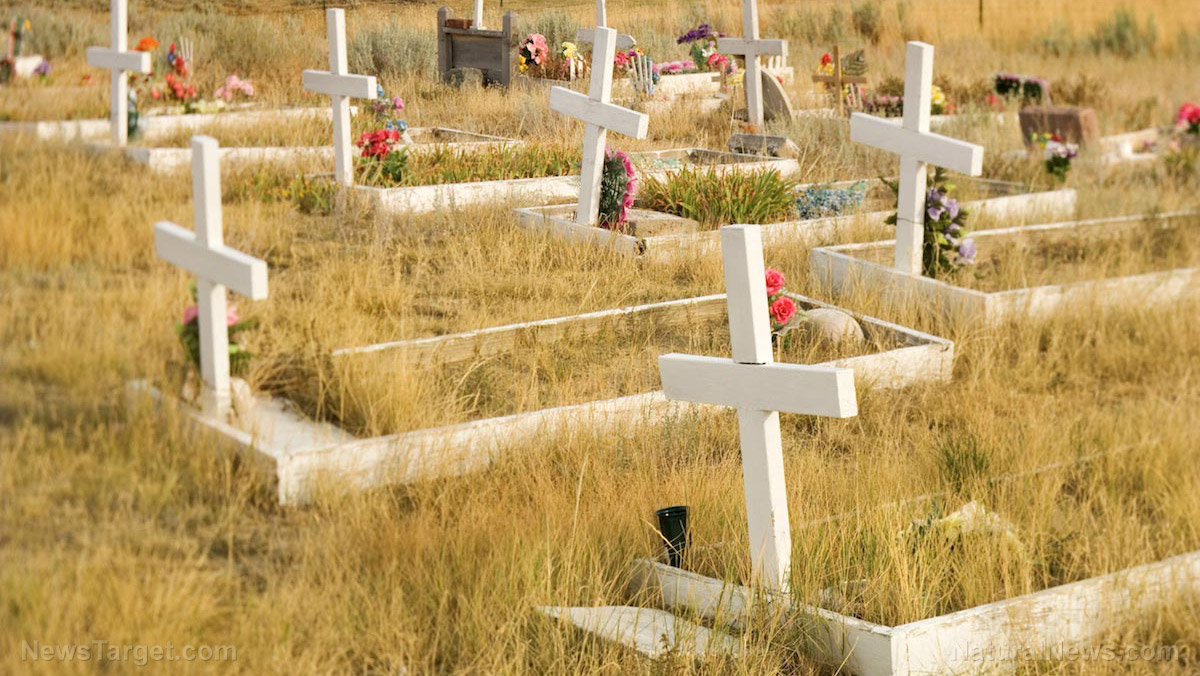South Korean doctors go on strike as the country’s coronavirus cases surge
08/18/2020 / By Franz Walker

South Korea’s handling of the Wuhan coronavirus (COVID-19) has generally been regarded as one of the most successful responses to the pandemic. However, a strike by the country’s largest physicians group has raised questions about the country’s capacity to handle further outbreaks.
At least 8,365 of the country’s total 33,836 medical facilities, including private clinics, joined the one-day walkout on Friday, August 14 Korea Time (evening of August 13 in the U.S.). The strike was organized by the Korean Medical Association (KMA), a trade group that represents around 130,000 doctors. The strike came just as the country reported 103 new coronavirus cases, including 85 domestic ones, the highest number of locally transmitted cases since March 31, according to the Korea Centers for Disease Control and Prevention. (Related: South Korea says relapsed coronavirus cases are “testing flukes.”)
South Korea currently has 14,873 cases according to data from Johns Hopkins University.
Ten-year plan calls for an increase in doctors
The doctors on strike called for the South Korean government to retract a variety of policy overhauls it unveiled last month. Key among these was a plan to raise the nation’s annual 3,000-person quota on medical students to 3,400 – a plan that has drawn the most criticism.
The new 10-year-policy – set to start in 2022 – is meant to help South Korea better prepare itself for future outbreaks. In addition to calling for more doctors, the policy includes plans to create public medical schools. The government has also given the green light for telemedicine services and is allowing traditional Korean medicines to be covered by the national insurance plan.
The KMA lambasted these proposals, calling them “the four evil policies.” The group, which often takes outspoken stances on government policy, didn’t rule out future walkouts.
“South Korea has been exemplary in dealing with the COVID-19 pandemic thanks to the hard labor and sacrifice provided by the physicians,” the association said. “Our efforts have been answered with a series of policies that will drive us off a cliff.”
The national government says that the move will address a shortage of doctors outside the Seoul metropolitan area, home of nearly half of the country’s 52 million residents.
According to the Organization for Economic Cooperation and Development (OECD), the average number of doctors per 1,000 people in the U.S. is 3.4. South Korea on the other hand only has 2.4 doctors per 1,000 people – lower than the average, though comparable to the situation in the U.S.
The KMA pointed out, however, that the country’s growth in the number of doctors per 1,000 people is above the OECD’s average.
“The number of physicians per 1,000 people has increased by 3.1 percent annually for the past 10 years, which is six times greater than that of OECD average,” KMA said in a statement.
South Korea’s medical community was not consulted
One of the main sticking points of the argument is the fact that the government did not consult the country’s medical community before making its plans.
“The government says they want to hold discussions but ultimately they have no intention to take back the proposal,” said Kim Dae-ha, a spokesman for the KMA.
According to the KMA, the new plan is expected to cost the government about $250,000 for training, per doctor, which means that the policy will require more than $800 million over the decade. The association says that this support should go to current doctors and healthcare facilities instead.
Last week, a group of about 12,000 medical students demanded that the extra funding be spent on improving the salaries of physician trainees. They said that this would encourage doctors to move to rural areas.
Regular citizens, however, seem more supportive of the plan. According to a survey by the Seoul-based research firm Realmeter, about three-fifths of South Koreans approved of the government’s proposal. In addition, the Korean Hospital Association, a trade group for hospital workers, has also backed the proposal.
Follow Pandemic.news for more on how governments across the world are dealing with the coronavirus.
Sources include:
Submit a correction >>
Tagged Under:
Asia, coronavirus, covid-19, doctors, fly, health freedom, Hospitals, korea, legislation, OECD, outbreak, pandemic, South Korea, strike, superbugs, unions, virus, walk-out
This article may contain statements that reflect the opinion of the author
RECENT NEWS & ARTICLES
Pandemic.News is a fact-based public education website published by Pandemic News Features, LLC.
All content copyright © 2018 by Pandemic News Features, LLC.
Contact Us with Tips or Corrections
All trademarks, registered trademarks and servicemarks mentioned on this site are the property of their respective owners.





















